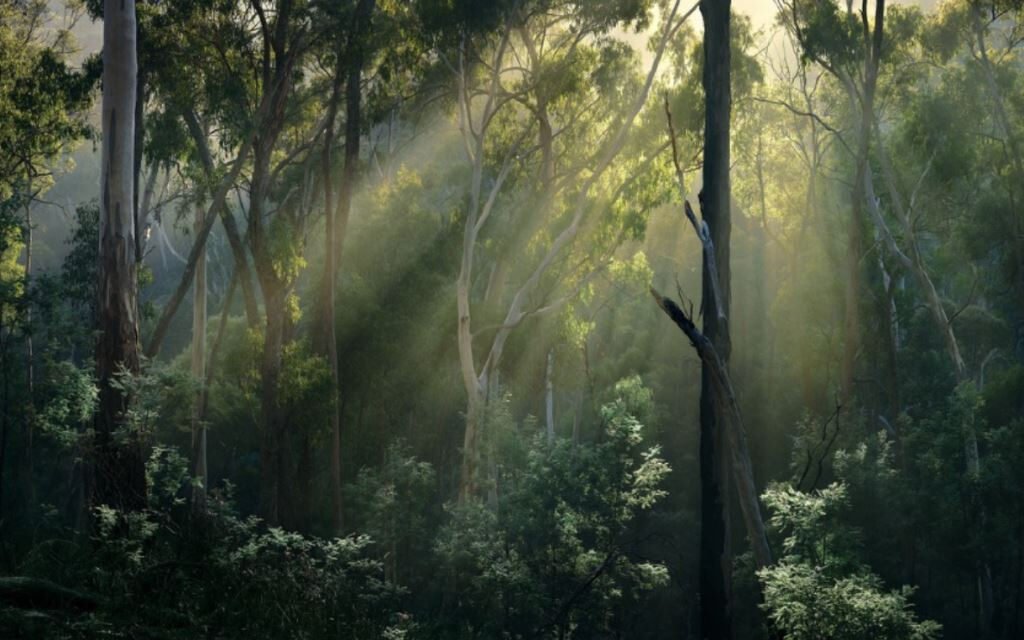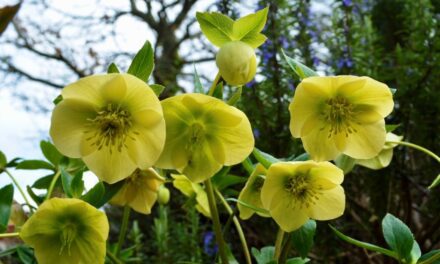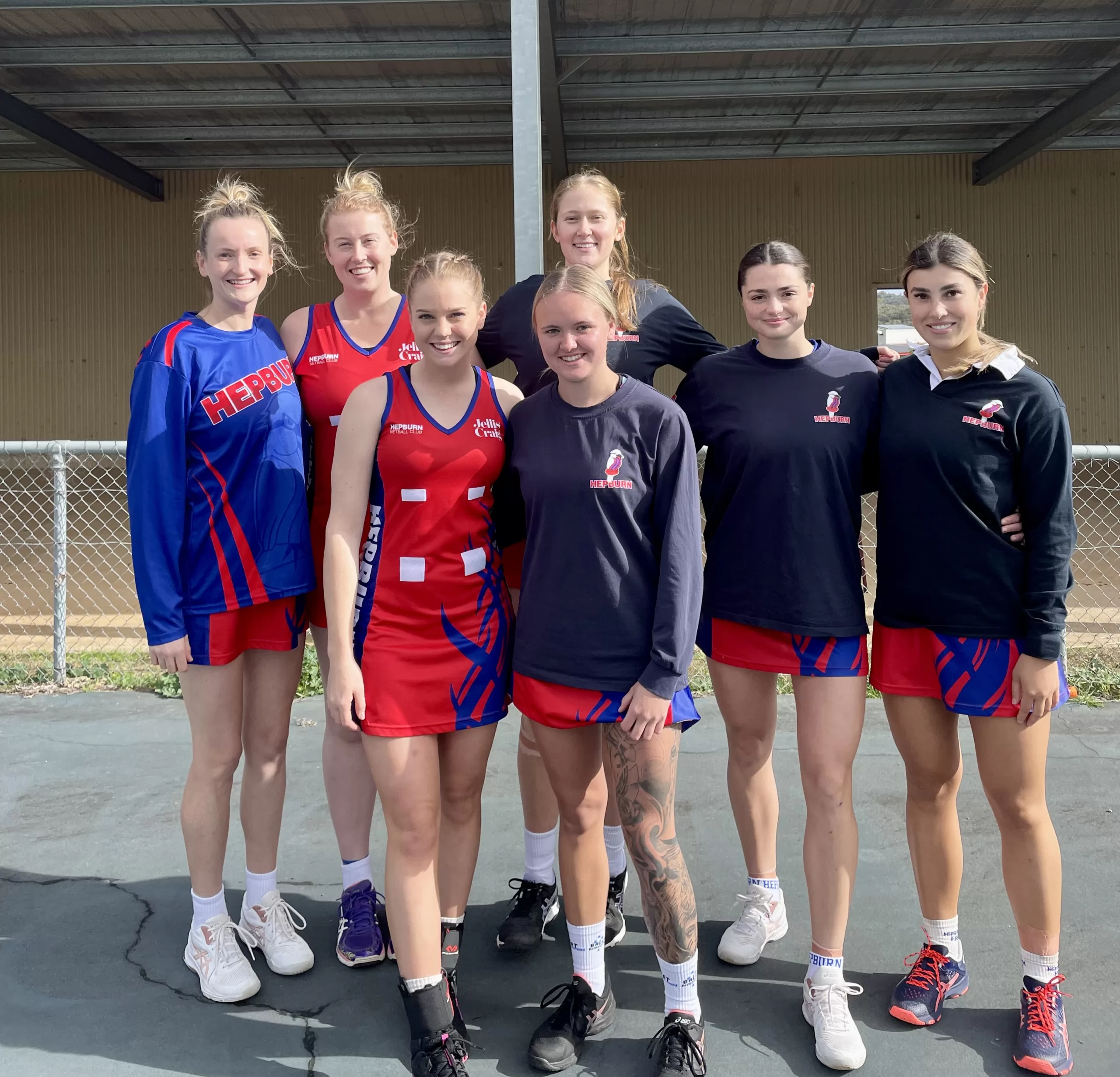Morgan Williams
Photography has an immense power and strength to communicate ideas and tell stories. It has helped leaders rise, end wars, shape opinions, record history and capture moments both large and small. Before photos we relied on painting and drawing to express, convey and record these human experiences. And while photography has shaped our society in unfathomable ways it has often struggled to be a recognised art form.
Initially photography was considered a mechanical process that lacked creativity, then later, when photographic manipulation was explored, it was accused of being untruthful. The 20th century saw many photographic controversies. As photojournalism grew it was accused of being unethical, especially when capturing images of people in public. It is often seen as intrusive when conveying tragedy and suffering for both journalistic and artistic purposes. As the digital age progressed it was accused of being illusory when tools like photoshop were suddenly used to radically alter and manipulate images. Then there’s the artistic vs commercial debate, while photography is perfect for advertising and corporate use, those who choose it as an artistic medium see their efforts diluted by the commercial associations and comparisons.
Now that we all have a camera attached to our phones and in our pockets, it has become the most accessible artistic medium available ever. This brings even more questions to the table – issues of copywrite, image sharing online, social media and most recently AI all play into the debate and divisive discussions around photography as an art form and it’s use.
We love a bit of controversy at Radius. When we were asked to host the annual Swiss Italian Landscape Exhibition in 2023, the proviso was that it be open to photography too. The Radius prize that year was a breath-taking image by local photographer David Rosendale. David spent last year refining a captivating exhibition which is our first show for 2025, opening 1st March.
David’s focus is on the local landscape within Hepburn Shire / DjaDja Wurrung country. His images are both evocative and mesmerising. Reminiscent of the Heidelberg school with a painterly feel, they beckon you to lean in and absorb some more. He captures those breath-taking moments, when we turn a corner or happen upon a scene reminiscent of a fairy tale. His technical precision and natural sense of composition creates an ethereal other world feeling that is both hyper real and ancient.
“Through this project I discovered deeper ancestral footprints to the region which profoundly exceeded the initial intent of pure documentation. The land, rich with historical ties and memory, evoked an intangible sense of being “exactly where I need to be”.
Like many of us David found time during the pandemic to fully explore and evaluate his art practice and potential as a photographer. He tapped into the ability of landscape to tell us stories of struggle, loss, survival and reinvention. His detailed study is titled “The Trees endure, The Land has memory”. It gives us a sense of place and encapsulates our local landscape to reveal a rich and varied history. From ancient indigenous connections to land and colonial intersections, to natures ongoing footprints all carved into the landscape and conveyed with a spell binding precision. We are left with a sense of place and resonant spiritual connection, a poignant reminder that together we all share but a fleeting moment that speaks of place and transcends time.
Please join us from 3-5pm Saturday 1st of March for the official opening of “The Trees endure, The Land has memory”, a series of photographs by David Rosendale at Radius Art Space, 76 Main Road Hepburn.
For more information visit: https://www.radiusart.com.au/davidrosendale
Morgan Williams is the co-director with Kim Percy of Radius Art Space. His art practice spans a 30 year period and explores a diverse range of mediums and topics.





